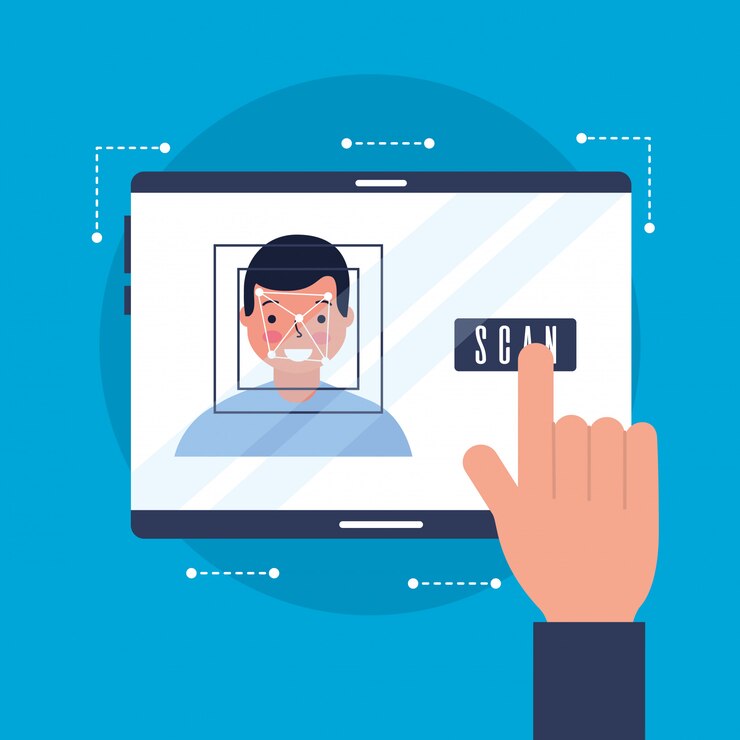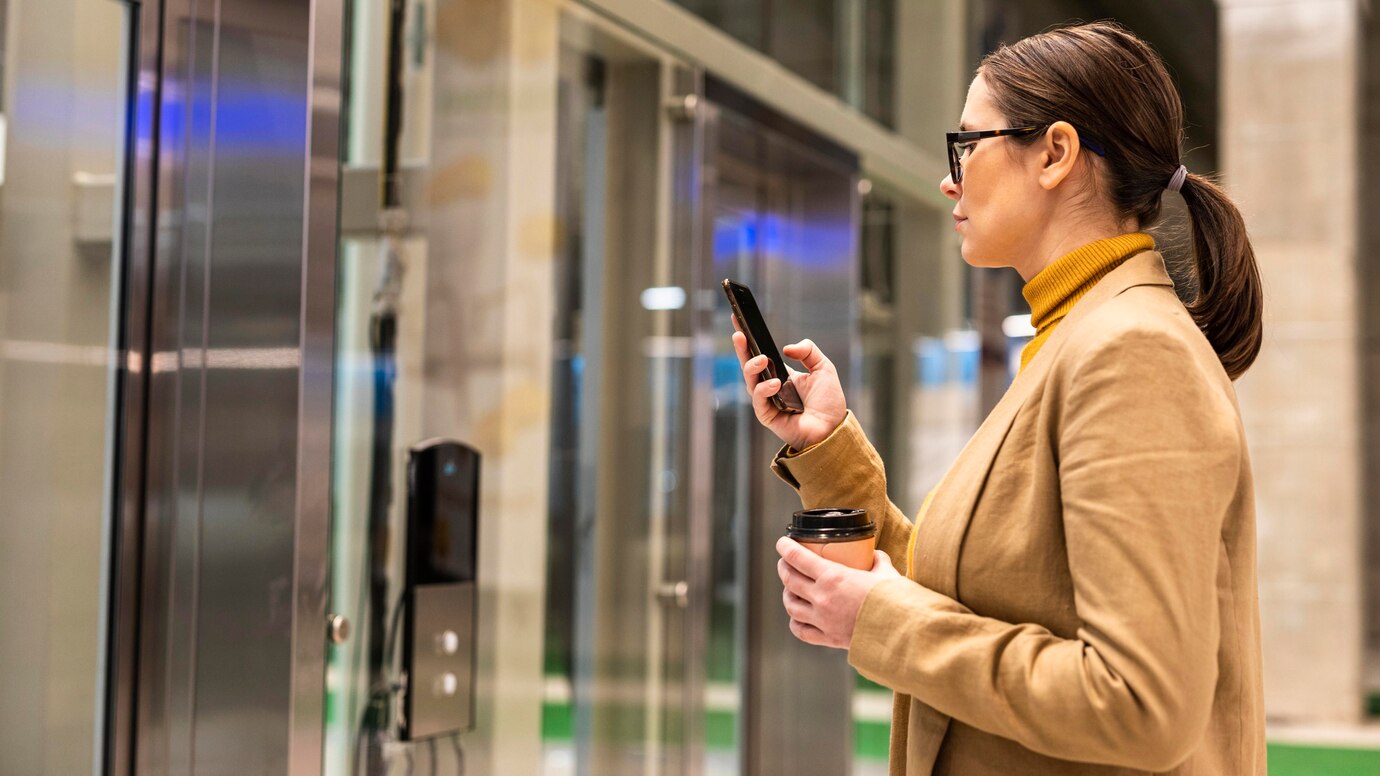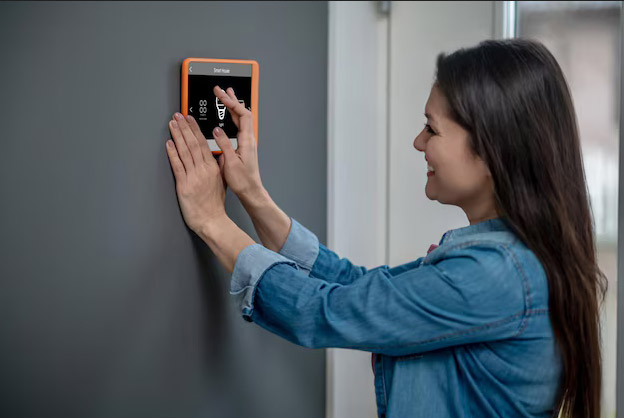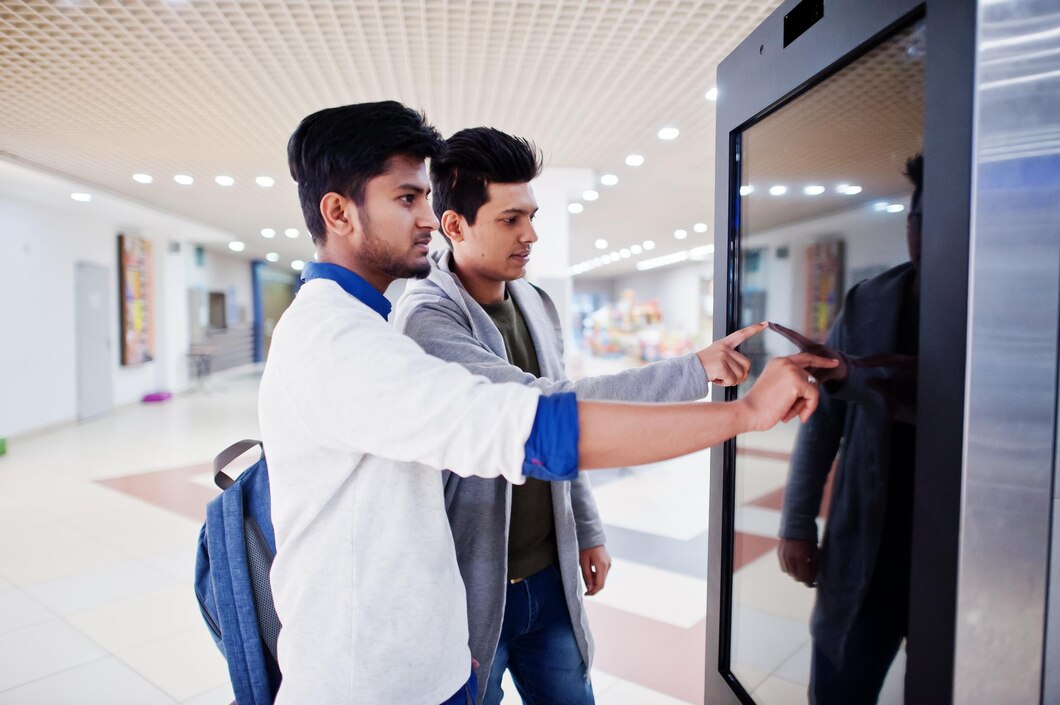Biometric Attendance Solution: The Ultimate Guide for Businesses
For decades, businesses and institutions have relied on traditional methods like punch cards and spreadsheets to track attendance. While these systems served their purpose, they were far from foolproof—prone to errors, time theft, and manual discrepancies.
But with technology evolving every year, organizations now have a smart solution — biometric attendance systems.
But, what makes them more reliable than traditional methods? And how do you choose the best one for your business?
This guide will walk you through everything you need to know about biometric time and attendance solutions in 2025.

What Is a Biometric Attendance Solution and How Does It Work?
Biometric attendance systems are technologies that track fingerprints and iris scans to confirm an individual's identity and record attendance. These systems have gained popularity in various settings, including offices, educational institutions, and other workplaces.
In the modern workplace, biometric attendance solutions play a critical role by:
Checking that “buddy pinch-ins” are not favoured at the workplace.
Promoting work safety by protecting company assets and reducing absenteeism.
Reducing HR administrative work and promoting easy payroll calculations.
Creating detailed logs of attendance data to verify records.
What Is a Biometric Attendance System?
As stated above, biometric time and attendance solutions are systems that use unique physical characteristics (like fingerprints or facial recognition) to accurately record employee attendance. Its main purpose is to enhance security, eliminate time theft, and streamline attendance management processes.
It offers benefits like:
Improving accuracy in recording attendance.
Eliminating fraudulent practices at the workplace.
Automating employee working hours and leave calculation for salary calculation.
Providing weekly, quarterly and yearly attendance MIS reports
The major sectors benefiting from BAS are:
Manufacturing
IT
Healthcare
Education
Hospitality
How Does Biometric Recognition Work in Attendance Systems?
Now, let us see how time and attendance biometric solutions work in an organization setup:
After installing the BAS, companies feed it with employee biometric data like fingerprint, face or iris IDs
Each individual has unique biometric data (e.g., fingerprints or facial features) that cannot be replicated. Biometric hardware devices instantly capture and process biometric data in seconds.
Whenever a user tries to clock in or out, their biometric data is captured.
The system compares the newly captured data against the stored one. If there’s a match, the attendance is recorded; if not, access is denied.
What Are the Different Types of Biometric Attendance Systems?
The following are the types of biometric attendance technologies available in the market.
Fingerprint Scanning – Captures unique fingerprint patterns.
Facial Recognition – Uses AI to map facial features.
Iris Scanning – Analyzes unique eye patterns.
Palm Vein Recognition – Maps vein structures in the hand.

Face, Fingerprint & RFID Reader: How Do They Compare?
When it comes to biometric authentication methods, each has its strengths and weaknesses, making them suitable for different business needs. Here is how they compare to each other:
Face Recognition:
Pros: Non-intrusive, quick identification.
Cons: Can be affected by lighting and angles.
Fingerprint Scanners:
Pros: Highly accurate, widely accepted.
Cons: May require maintenance and cleaning.
RFID Readers:
Pros: Fast and convenient, no physical contact needed.
Cons: Requires cards or tags, which can be lost or stolen.
What Are the Benefits of Using a Biometric Attendance System?
With biometrics in action, we have seen tremendous benefits over traditional methods:
Immediate Updates: Attendance records are updated instantly, providing accurate data for teachers and administrators.
Reduction in Time Theft: Eliminates buddy punching and other fraudulent practices.
Enhanced Accountability: Students are less likely to skip classes knowing their attendance is monitored.
Improved Communication: Schools can quickly inform parents about attendance issues.
Integration with HRMS: Streamlines payroll and HR processes for greater efficiency.
How Do Biometric Systems Improve Security in the Workplace?
Preventing unauthorized access - Only verified individuals can clock in or enter secure areas.
Eliminating the risk of lost or stolen access cards - These systems reduce reliance on physical access cards, which can be misplaced or stolen.
Real-time monitoring of attendance records - Provides immediate visibility into who is on-site, enhancing safety and security.
Why Are Biometric Attendance Systems Important for Businesses?
Over and above the benefits we saw, biometric solutions are important for businesses as they offer:
Compliance with labour laws and regulations.
Boosting employee accountability and discipline.
Cost savings in payroll and administration.
How Does a Biometric Attendance System Improve Business Productivity?
BAS systems improve work productivity by offering:
Automated and error-free attendance tracking.
Streamlined workforce management.
Data-driven decision-making for HR departments.
How to Choose the Best Biometric Attendance Software for Your Business?
Key Features to Look For:
High accuracy and fast recognition speed.
Seamless integration with payroll and HRMS.
Cloud-based data storage for remote access.
Multi-modal authentication for added security.
Factors to Consider
Cost – Compare pricing based on features and scalability.
Scalability – Choose a system that grows with your business.
Integration – Ensure compatibility with existing HR software.
Which Is the Best Biometric Attendance Software in India for 2025?
eBAAR by Ekklavya is the best biometric attendance software in India. It offers fingerprint, face and RFID support for better recognition.

How to Install and Integrate a Biometric Attendance System?
Here is an easy guide to installing a BAS system in your company:
1. Select the right biometric hardware (fingerprint scanner, facial recognition device, etc.).
2. Install the software and integrate it with existing HRMS.
3. Register employee biometrics and assign user roles.
4. Set up attendance rules and reporting preferences.
5. Conduct testing and train employees on usage.
How Do Biometric Attendance Systems Track Student Attendance in Real-Time?
Biometric systems in educational institutions are designed to enhance attendance management by providing accurate and immediate tracking of student attendance.
Here is their application in educational Institutions:
Face Recognition: Quickly identifies students as they enter classrooms.
Fingerprint Scanners: Allows students to clock in and out efficiently.
RFID Technology: Uses cards or tags to record attendance automatically.
What Are the Latest Innovations in Biometric Attendance Systems?
Advancements in Biometric Technology
AI-driven facial recognition for faster identification.
Cloud-based attendance systems for real-time access.
Contactless biometric authentication for hygiene and safety.
AI-Based Online Attendance Systems
Uses deep learning to enhance accuracy.
Enables remote attendance marking through mobile apps.
Reduces dependency on physical biometric devices.

Does Biometrics Have a Future in Attendance Management?
Yes, biometrics is poised to play a significant role in the future of attendance management.
Global Adoption
With the surge in remote work since COVID, businesses worldwide will rely on mobile biometric models for attendance tracking. This will make it easier to track attendance at different locations.
Increased AI integration
With AI, ML and edge computing, biometric systems have become more powerful. In the next 4-5 years, these systems will become more efficient and user-friendly.
Integration with Other Systems
Biometric attendance solutions are increasingly being integrated with other workplace management systems, such as HR software and payroll.
In short, looks promising, driven by technological advancements and a growing need for security.
How to Troubleshoot Issues with Biometric Attendance Systems?
An employee places a finger on the biometric scanner for recording attendance and it shows some error. But what does that mean? It indicates a problem with the system's ability to capture or process the biometric data. This could stem from:
Network connectivity issues
System issues
Technical Errors
Here are some common error codes on the Biometric Attendance System (BAS):
| Error Code | Description |
|---|---|
| 300 | Biometric Mismatch |
| 330 | Biometric locked. Kindly contact Helpline. |
| 500 | Invalid encryption of Skey. |
| 502 | Invalid encryption of PID |
| 511 | Invalid PID XML format |
| 561 | Request expired |
| 562 | Device Time is wrong |
| 800 | Invalid Biometric data. |
| 951 | Biometric lock related technical error. |
| 997 | Biometric corrupt in UIDAI. |
| 9901 | Technical Error. |
For more details, you can check the BAS error codes here.
Here is a step-by-step guide on resolving technical issues in BAS:
1. Check Power Supply
Ensure that the biometric device is plugged in and receiving power. Sometimes, a simple power issue can disrupt functionality.
2. Inspect Connections
If your biometric system is connected to a network, check all cables and connections. Loose or damaged cables can lead to connectivity issues.
3. Clean the Sensor
Dust, dirt, or smudges on the fingerprint sensor can impede accuracy. Gently clean the sensor with a microfiber cloth.
4. Verify User Registration
Confirm that all users are properly registered in the system. If someone can’t check in, it might be due to a missing or incorrect entry.
5. Re-scan Fingerprints
If a user’s fingerprint isn’t being recognized, suggest that they re-scan their fingerprint. This can improve accuracy by capturing a clearer image of their fingerprint.
6. Check for Software Updates
Make sure the software for the biometric system is up-to-date. Sometimes, bugs are fixed in newer versions, improving system performance.
What Should I Do If the Face Recognition System Stops Working?
Want to unlock your work laptop but face ID recognition is not working? Here are some quick fixes:
Look At Your Environment
See if the lighting is well-lit. Too much bright lighting can also make your face invisible on camera. So, keep the lighting balanced.
Check if your device camera is clean from dirt and debris.
Confirm if any obstructions in your background are affecting the camera to catch your face ID.
Check Your Appearance
Some types of makeup, especially those visible in infrared, can disrupt facial recognition.
Remove hats, masks, or accessories that cover parts of your face.
If you wear glasses, set up facial recognition to recognize you both with and without them.
Restart and Update Your System
Restart your device and try unlocking it again.
Check for system updates to ensure your biometric software is up to date.
If updates are available, install them and restart your device.
Reinstall the camera drive versions
Your camera drivers may be outdated or corrupted. Try to reinstall your camera drivers. Visit your laptop manufacturer’s website to download and install the latest camera drivers. Before that, keep a backup for the biometric templates as reinstalling can cause loss of all created templates.
Contact Customer Support
If none of these steps work, contact support help from your biometric service provider.
Frequently Asked Questions About Biometric Attendance Solutions?
eBAAR by Ekklavya is the best biometric attendance recording solution.
Firstly, biometric hardware devices like scanners take the input.
The data is stored as templates and then the software matches it with the registered biometric (fingerprint or face scan).
Lastly, if it matches, it allows the employee to punch in, if it doesn't, it shows an error.